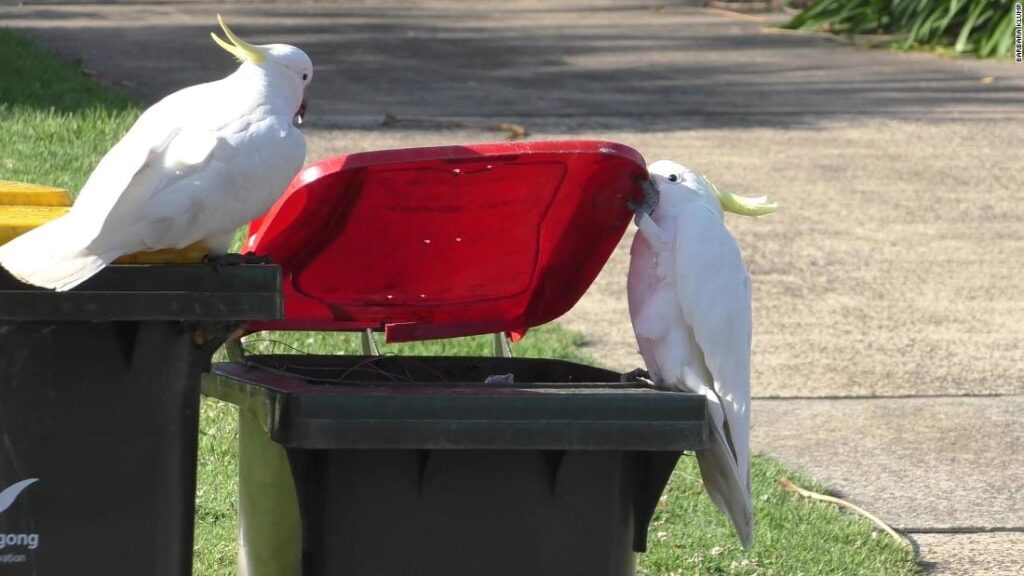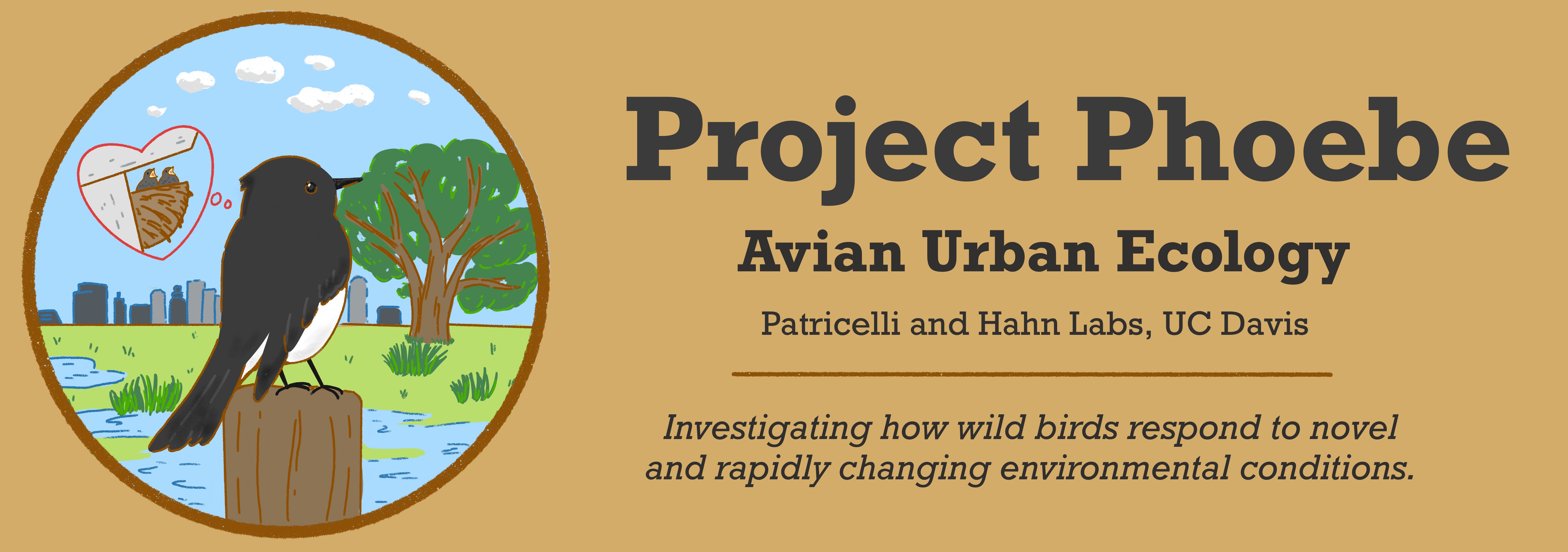Who Lives In Cities?

When people think about good habitats for wildlife, cities are often the last places that come to mind. A bustling urban center filled with cars, buildings, and people hardly seems like the best place for other animals to go. And yet, for some species, cities offer unique opportunities for food and shelter that might not be available anywhere else.
Animals that live in cities are go-getters. They are willing to brave environmental extremes in cities in order to exploit new opportunities.1 Our crowded streets are filled with restaurants and back alleys where we leave behind food waste, perfect for enterprising animals like raccoons, opossums, coyotes, and even cockatoos. Animals that raid our garbage bins are extraordinarily clever. Despite our best attempts to “animal-proof” bins, these animals are constantly figuring out new ways trigger latches and levers to get at a bins’ contents, and even pass these techniques on to their friends and family.2 In fact, research suggests that trash-raiding animals like racoons might be getting smarter in cities compared to their non-urban counterparts because of how much cities favor individuals with good puzzle-solving skills.3
Urban infrastructure can provide all kinds of potential habitat for animals. Local parks and gardens often provide enough greenery for a variety of species to thrive in cities, from bees, to butterflies, to frogs, to hummingbirds. Lizards scramble up the sides of tall buildings and sun themselves on warm pavement, while bats hunt at night from their roosts atop homes and industrial warehouses. In parts of the world where monkeys live, rooftops and abandoned buildings have become hotly contested territories between groups. Peregrine falcons in New York City, far removed from the treetops they call home, use skyscrapers as nesting sites and vantage points, from which they hunt the city’s many, many pigeons.4
Quite a few bird species do exceptionally well in cities. The ability to fly allows birds to move quickly between feeding spots, many of which are intentionally created by people. Bird feeders can supplement a huge percentage of songbird diets, to the point that urban birds might be changing their bill sizes in order to better access seed from feeders.5 Nooks and crannies atop buildings mimic natural nesting sites for enterprising species like house sparrows and pigeons. Non-native species either deliberately or accidentally introduced like starlings, house finches, house sparrows, and even parakeets roam cities in large numbers, making use of the ample use of the many food sources humans provide.
Who lives in cities? An incredibly varied array of wildlife! But the answer can vary by country, city and even neighborhood. The species we find in urban areas can tell us quite a bit about the city itself, as the factors that impact animals can likewise affect their human inhabitants. How much do stressors affecting urban wildlife impact humans as well? What can we do to make cities hospitable to even more species? As urbanization continues to spread across the globe, these will be important questions for scientists to help answer.
Want to see some cool examples of city-living animals? Check out our Urban Field Guide!
References:
- Atwell, J. W., Cardoso, G. C., Whittaker, D. J., Campbell-Nelson, S., Robertson, K. W., & Ketterson, E. D. (2012). Boldness behavior and stress physiology in a novel urban environment suggest rapid correlated evolutionary adaptation. Behavioral Ecology, 23(5), 960–969. https://doi.org/10.1093/beheco/ars059
- Klump, B. C., Martin, J. M., Wild, S., Hörsch, J. K., Major, R. E., & Aplin, L. M. (2021). Innovation and geographic spread of a complex foraging culture in an urban parrot. Science, 373(6553), 456–460. https://doi.org/10.1126/science.abe7808
- Stanton, L. A., Bridge, E. S., Huizinga, J., & Benson-Amram, S. (2022). Environmental, individual and social traits of free-ranging raccoons influence performance in cognitive testing. The Journal of Experimental Biology, 225(18), jeb243726. https://doi.org/10.1242/jeb.243726
- Kettel, E. F., Gentle, L. K., Yarnell, R. W., & Quinn, J. L. (2019). Breeding performance of an apex predator, the peregrine falcon, across urban and rural landscapes. Urban Ecosystems, 22(1), 117–125. https://doi.org/10.1007/s11252-018-0799-x
- Badyaev, A. V., Young, R. L., Oh, K. P., & Addison, C. (2008). EVOLUTION ON A LOCAL SCALE: DEVELOPMENTAL, FUNCTIONAL, AND GENETIC BASES OF DIVERGENCE IN BILL FORM AND ASSOCIATED CHANGES IN SONG STRUCTURE BETWEEN ADJACENT HABITATS. Evolution, 62(8), 1951–1964. https://doi.org/10.1111/j.1558-5646.2008.00428.x

